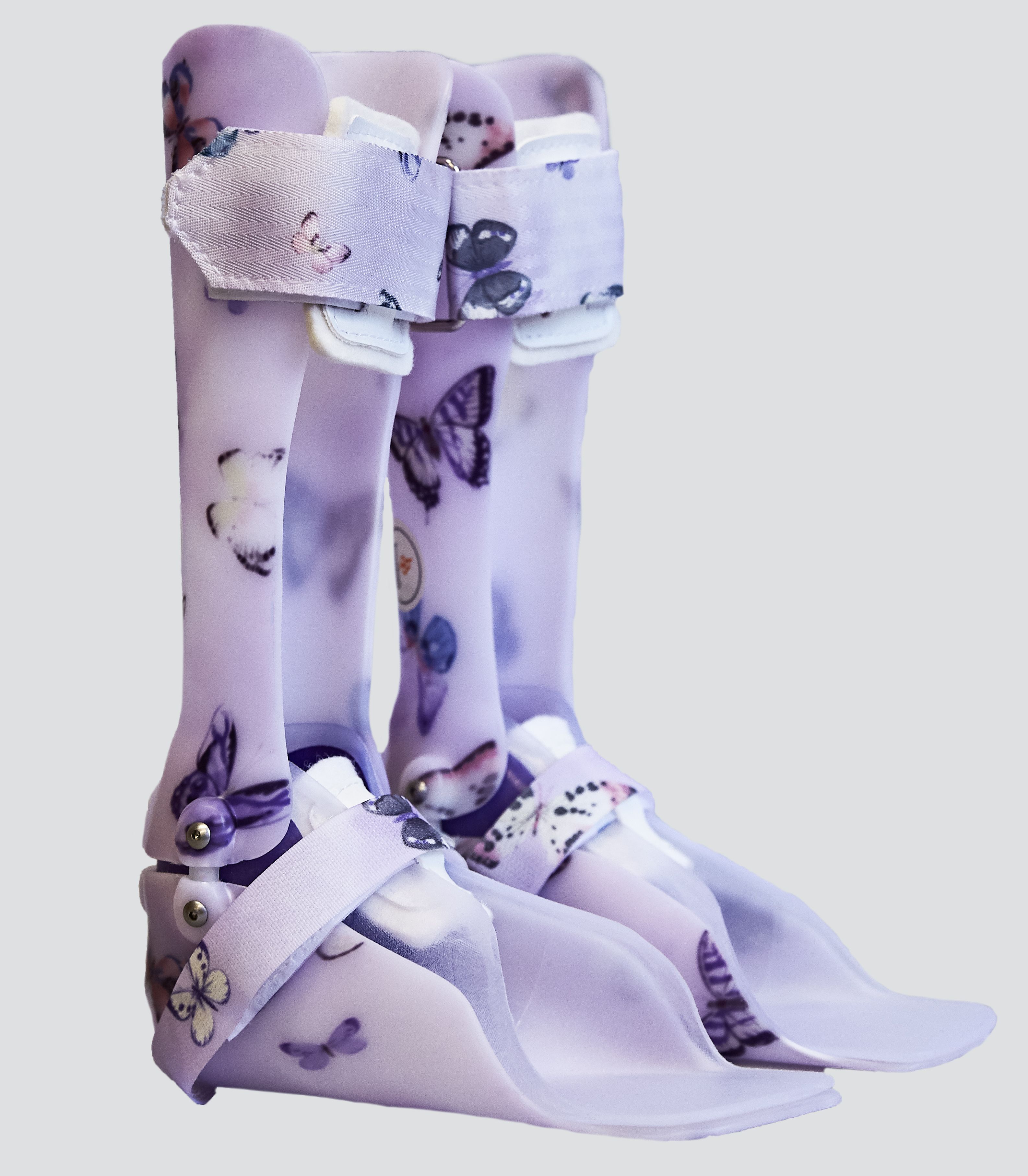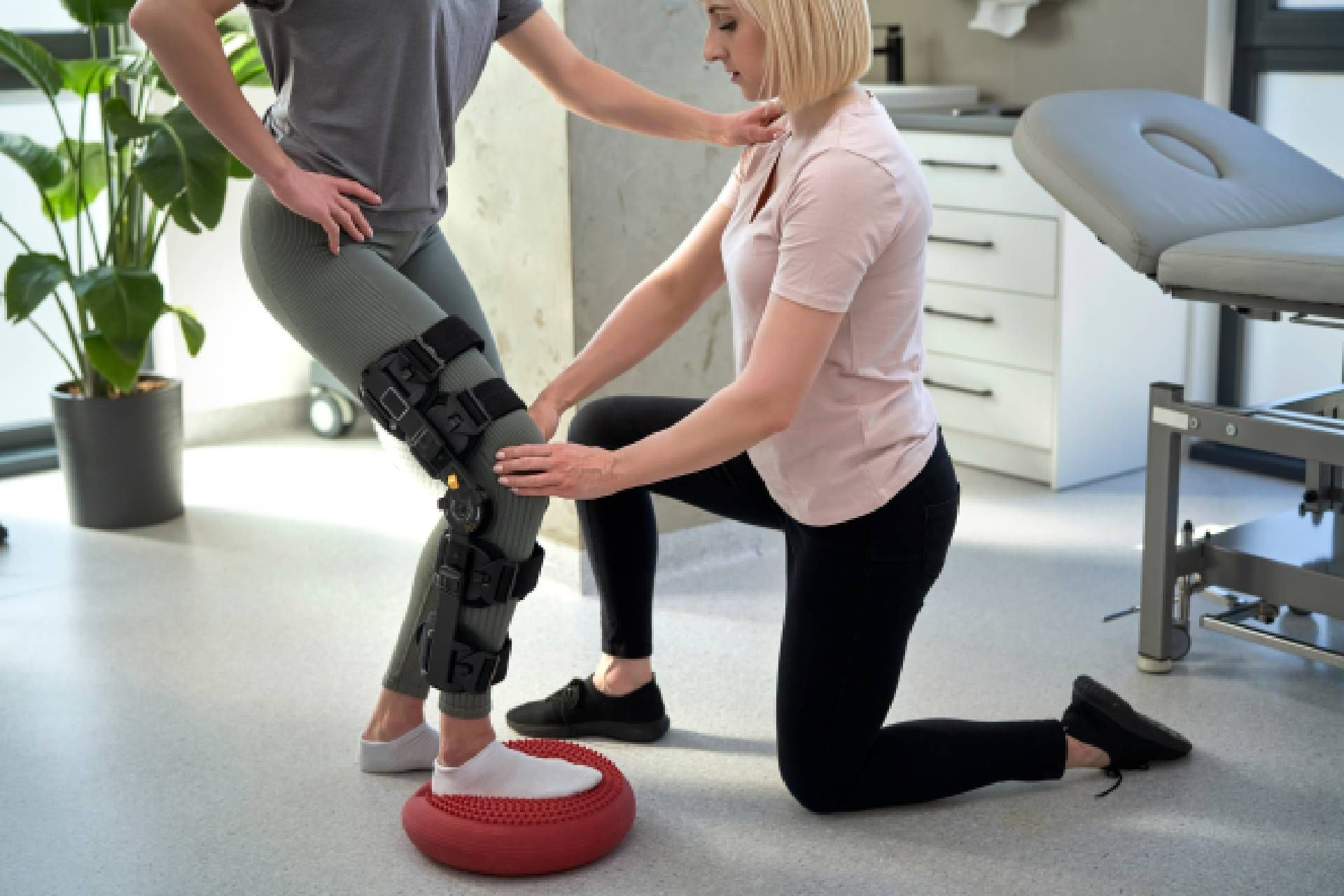Fitting Challenges for Ski Boots Longmont CO
Men's and Women's Ski Boots Fit Nederland CO
Cold feet in ski boots is a typical issue confronted by skiers, affecting their comfort and overall performance on the slopes (Boot Fitting Innovations in the Industry Lyons CO). Warmth is crucial for an pleasant skiing experience, and cold toes can diminish the joys of gliding down a snow-covered mountain. Understanding the explanations behind chilly toes in ski boots and methods to fight it could possibly make a big difference in your snowboarding adventures
Ski boots are designed to offer the support needed for skiing however can also be a source of discomfort. A tight fit, whereas crucial for management, can restrict blood flow, leading to chilly feet. This is especially true if the boots are too small or not properly fitted. Ensuring that ski boots are the proper measurement is step one in stopping cold toes.
Evergreen Boot Fitting Solutions Niwot CO
Another issue contributing to cold feet in ski boots is moisture. When your toes sweat inside the boots, that moisture can result in a chilling effect as the temperature drops. Skiing usually includes excessive energy expenditure, and the heat generated inside the boots can rapidly be lost as sweat accumulates. Using moisture-wicking socks or boot liners can considerably alleviate this problem.
Insulation in ski boots plays an important function in maintaining ft heat. Many boots include varying levels of insulation, and the choice of material can affect how properly they preserve heat. Insulated boots are designed to keep heat in, but deciding on the best stage of insulation based on the climate and particular person preferences is crucial. Some skiers prefer further layers, whereas others may discover thicker liners too constricting.

Choosing the best socks is just as crucial as selecting the best boots. Thick, cumbersome socks can impede circulation, resulting in chilly ft in ski boots. Opting for skinny, high-performance ski socks made from materials designed to wick moisture can help maintain toes warm. Additionally, avoid cotton socks as they keep moisture and contribute to cooling down.
Another often-overlooked aspect is how one attire for a ski outing. A comprehensive layering system is vital. For ski journeys, preserving the whole physique warm ensures that extremities, like the toes, keep warm as well. Investing in high quality base layers, mid-layers, and outerwear might help optimize physique temperature and circulation.
Boot Fitting Resources for Skiers Wheat Ridge CO
Using foot warmers or heated insoles could be significantly efficient for those vulnerable to cold ft. These units present an additional heat source and may be present in various forms, from disposable chemical warmers to rechargeable battery-operated choices. They may help delay comfort throughout the day on the slopes.
Adjusting the finest way you fasten your boots can even make a major difference. Ski boots must be snug but not overly tight. A too-tight fit can constrict blood flow, leading to chilly feet. Learning tips on how to correctly adjust the buckles can help achieve a cushty fit that balances warmth and performance.
Take note of how long you spend standing still versus skiing. Cold feet are sometimes exacerbated by inactivity. During breaks or whereas ready in lines, toes have a tendency to cool down significantly. Making an effort to keep shifting, even when waiting, might help keep warmth.
Importance of Boot Fitting Louisville CO
Plan your breaks wisely. When taking a break, find a heat spot to relaxation. Stamping your ft or doing simple workouts can keep your blood circulating and stop cold feet in ski boots. Remaining aware of your body's temperature can guide well timed interventions to maintain heat locked in.
Remember that selecting the best ski resort and circumstances also can affect how cold feet feel. Some areas are recognized for his or her biting winds and decrease temperatures. More protected ski areas with sunnier circumstances can provide a better snowboarding expertise. Thus, the selection of skiing location can indirectly influence how chilly or heat your toes really feel all through the day.
Finally, staying hydrated is crucial. When the physique is well-hydrated, circulation improves, which is crucial for sustaining warmth. It’s straightforward to neglect to drink water while involved in actions, particularly in chilly climate, but making a acutely aware effort to stay hydrated can have significant advantages.

Addressing chilly feet in ski boots often involves trial and error, adapting gear and strategies to seek out the perfect solution for individual wants. Every skier is completely different, and what works for one individual might not work for another. It’s necessary to experiment with numerous socks, boot types, and layering methods to search out the best mixture for oneself.
Boot Fit Calculators and Tools Golden CO
Ultimately, having fun with skiing to the fullest requires attention to the little issues that impact comfort and performance. Understanding the causes of chilly ft in ski boots and implementing strategies to forestall it could transform a chilly ski day into an exhilarating expertise. By preserving feet heat, skiers can focus on soaking in the great thing about the mountains and the thrill of the experience.
Cold ft should not be a recurring challenge however quite an opportunity for skiers to refine their setup and techniques. Emphasizing heat and comfort ensures a extra pleasant day on the slopes, allowing for longer and extra fulfilling runs. Each skier can take proactive steps to mitigate the coolness, turning skiing right into a joyous winter adventure somewhat than a battle towards the chilly.
As the season unfolds, keep in thoughts that snowboarding is about enjoying the mountains, the fresh air, and the excitement of gliding on snow. Keeping chilly feet at bay enhances each aspect of the expertise, permitting for a give attention to approach and delight somewhat than discomfort.
Fitting Criteria for Varied Ski Styles Dacono CO
Finding joy in snowboarding is possible by addressing every thing from boot fit to sock selection, layering, and hydration. By prioritizing these parts, skiers can guarantee they've the right measures in place against chilly toes, allowing every journey down the slope to be as exhilarating as meant.
- Proper fit of ski boots is essential; too much room can lead to cold toes as a end result of insufficient blood circulation.
- Insulating footbeds made from materials like gel or specialised foam can enhance heat by offering thermal safety.
- Toe heaters or heated insoles are effective equipment to combat cold toes, especially in extremely low temperatures.
- Keeping ft dry is important; moisture from sweat can lead to significant cooling, so moisture-wicking socks are beneficial.
- Choosing the right socks, sometimes produced from merino wool or artificial blends, can significantly enhance heat and comfort.
- Periodically taking breaks allows for foot movement and circulation, serving to to alleviate numbness and enhance warmth.
- Ensure that ski boots aren't overly tightened, which might limit blood flow and contribute to chilly sensations.
- Tuning the boot’s insulation degree based mostly on climate conditions can keep toes warmer; think about models with adjustable options.
- Using ski boot heaters or foot heaters can provide a constant supply of heat throughout long outings on the slopes.
- Familiarizing oneself with layering strategies for ski gear can also help in preventing cold ft by sustaining overall body warmth.undefinedWhat causes cold ft in ski boots?
Ski Boot Fitting Supplies List Superior CO
Cold toes in ski boots is usually caused by poor circulation, insufficient insulation, or moisture within the boot. If your ft are cold, it may imply your boots are either too tight, not warm sufficient, or not fitted properly.
How can I prevent cold ft whereas skiing?
To stop chilly toes, guarantee your ski boots fit properly without being overly tight. Use moisture-wicking socks made from wool or synthetic materials, and think about boot heaters or heated insoles for added warmth.
Ski Boot Fit Discussions Erie CO
Are ski socks important for preserving my toes warm?
Yes, ski-specific socks are designed to supply warmth while allowing moisture to escape. They are typically thicker around key areas like the toes and shin, enhancing insulation with out compromising comfort.
Is it okay to put on two pairs of socks in ski boots?
Wearing two pairs of socks can really limit circulation, resulting in colder toes. It’s higher to choose a single, well-fitted moisture-wicking sock designed for skiing.
How to Achieve the Perfect Boot Fit Niwot CO
What should I do if my feet get cold whereas skiing? (Diverse Ski Boot Fitting Approaches Superior CO)
If your feet become cold, take a break to warm them up. Remove your boots for a few minutes, wiggle your toes, and contemplate adding foot warmers or moving to a hotter setting, if attainable.
Boot Fit Consistency and Reliability Northglenn CO
Can boot liners assist with chilly feet?
Yes, high-quality boot liners can considerably improve insulation and heat. Consider custom or heat-moldable liners that conform to your foot, enhancing each comfort and thermal administration.
How necessary is boot slot in stopping cold feet?
A proper boot fit is crucial for preventing cold feet. Boots should be cosy however not overly tight, permitting for good circulation while maintaining warmth contained. Poor fitting can result in pressure points, limiting blood circulate.
Adjusting Ski Boots for Comfort Arvada CO
Do the type of ski boots have an effect on warmth?
Absolutely. Insulated or high-performance ski boots often provide better thermal protection. Research the particular options of boots, as some fashions prioritize heat along with performance.
Fitting Aspects Impacting Performance Dacono CO
Should I be concerned about moisture in my ski boots?
Yes, moisture can contribute to chilly ft. Always dry your boots thoroughly after every use, and think about using waterproof boots or gaiters to keep snow and moisture out whereas skiing.
What are some signs that my ski boots are too tight?
How Fit Affects Performance in Skiing Superior CO
Signs that your ski boots are too tight include tingling or numbness in your toes, cold toes, or noticeable discomfort when wearing them - Bootfitting 101: Sizing Overview Broomfield CO. If you expertise any of those, contemplate getting knowledgeable fitting or adjusting the boot size
go to this web-site click for info